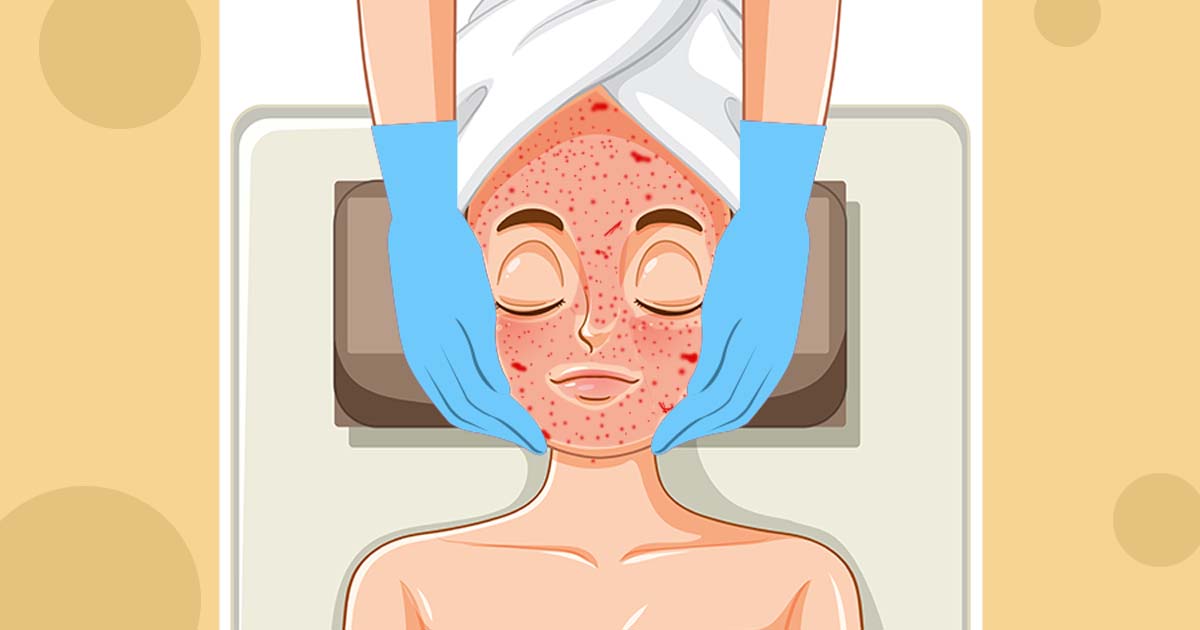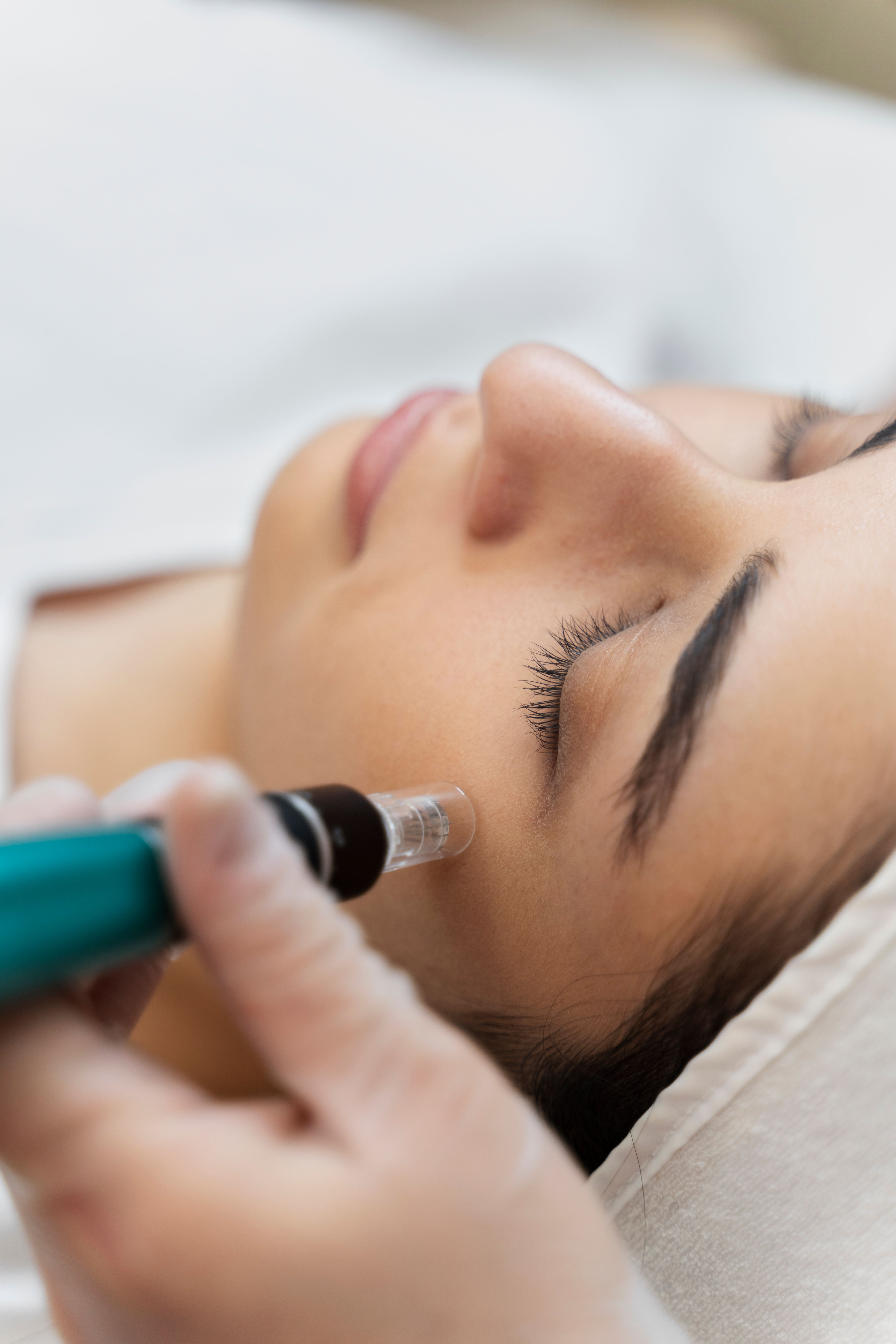Style Weekend: Here's everything you need to know about the controversial 'Vampire Facial'
We talked to two board-certified dermatologists to shed light on this cosmetic procedure
It first broke the internet back in 2018 when Kim Kardashian shared a post on her Instagram account showing her bloody face. According to her, it was because of the "vampire facial," a cosmetic procedure effective for skin rejuvenation and collagen production, but something she’ll never try again.
In 2024, this particular facial has made headlines again for both good and bad reasons. Some showcased the benefits of this procedure, while The New York Times reported that three women were infected with Human Immunodeficiency Virus (HIV) after getting this cosmetic procedure done.
Some aesthetic clinics in the Philippines already offer this service, such as Vine Aesthetics and Aivee Clinic. We talked to two board-certified dermatologists Dr. April Rivera of Remedy clinic and Dr. Em Sevilla of Vine Aesthetics to shed more light on this controversial beauty procedure.
According to Dr. Rivera, vampire facial, or platelet-rich plasma (PRP) treatment, involves drawing blood from the patient. The blood is then put into a centrifuge and separated into three layers: plasma, platelets and blood cells, and red blood cells.

“This has been offered in the Philippines for 10 years already. After processing the blood [a certain part will be used] as a serum,” she said. “Then a microneedling device will be used to allow blood to go inside [the skin]. It’s like you’ll introduce a growth factor directly into the skin that stimulates new cell formation.”
Based on studies, the serum portion of PRP comes from the center of the processed blood, which consists of platelets and blood cells. This part is responsible for promoting cell repair and collagen production. When done correctly, PRP is said to tighten the skin, even out skin tone, and improve the appearance of acne scars.
"Also known as microneedling with PRP, it is a more natural cosmetic treatment that involves injecting platelet-rich plasma into the face," Dr. Sevilla explained. "It triggers collagen production and through microneedling. It improves skin tone and texture. PRP has a high concentration of platelets, which allows for the formation and release of growth factors and active proteins that promote healing."

Since it uses microneedles, vampire treatment can be painful. This is likely why Kim Kardashian swore not to do it again. But who can have this procedure done? According to the American Academy of Dermatology Association, vampire facials are safe for most people except for those with Hepatitis C, HIV or AIDS, any type of blood cancer, cardiovascular disease, and skin cancer.
Meanwhile, Dr. Sevilla clarified that patients in their 20s can already avail of this service.
"PRP therapy is for people who are in good health and do not have any serious skin condition," she said. "The results are long-lasting, while the healing process starts immediately, the average patient will see results within three weeks with an effect lasting up to three years."
But since this service uses actual blood, if you’re someone who abstains from blood for cultural, religious, or personal preference, it is best to do more research and consult your doctor before getting this treatment.

While the results are good, recent reports raised concerns when three individuals contracted HIV after receiving vampire facials procedure performed at an unregistered clinic. In light of this, the two doctors, Rivera and Sevilla, urged patients to only seek treatment at licensed clinics with a good reputation and board-certified dermatologists. This will help to minimize the risk of blood contamination and other health complications.
"To prevent this, the medical professional extracting blood or administering PRP should take steps to disinfect the injection site carefully," Dr. Sevilla explained. "A strong control over sterility, universal precautions, and careful labeling are all critical components of ensuring patient safety. Follow appropriate blood and body fluid precautions. Complete documentation including informed patient consent and medical history."
Hello, readers! Do you have a story you want us to feature? You can reach us via [email protected] or on Facebook, Instagram, and Tiktok.